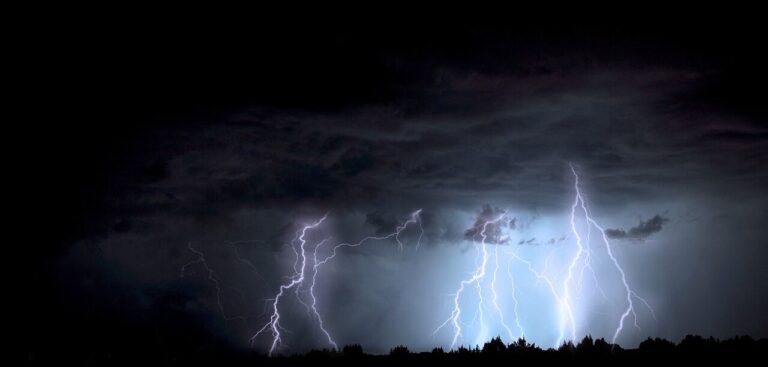Environmental and weather measurement specialist Vaisala has introduced Strike Damage Potential indicators to its Xweather suite of services.
It is the first solution to group cloud-to-ground lightning strokes into lightning strike points, providing accurate data on the potential for damage from each lightning strike.
A single cloud-to-ground lightning flash might contain tens of lightning strokes. The strokes can in turn either hit the same or separate strike points on the ground. The amount of electric charge transferred to each strike point varies on the quantity of strokes to that point and their intensity, polarity and duration.
Differences in accuracy of the data used and the types of lightning included in the measurements have caused debate in the meteorological community on how much lightning actually strikes the USA.
Chris Vagasky, meteorologist and lightning expert for Vaisala Xweather, said, “The National Weather Service says lightning strikes about 25 million times in a year in the US, while the Centers for Disease Control quotes around 40 million. That is a 60% difference. This causes confusion for the lightning protection and scientific communities.
“With the new data available, we are able to state that the six-year average between 2017 and 2022 in the United States was 58.1 million cloud-to-ground lightning strokes per year hitting 38.6 million individual strike points,” he said.
In 2021, 11 people died and 69 people were injured from being struck by lightning in the USA. Property damage was significant, with insurance claims worth more than US$1.3bn from American property owners in 2021. Additionally, lightning can cause damage to high-security structures, such as power stations and grids or storage facilities for explosives and fuel.
Vaisala Lightning Damage Potential identifies lightning strike points and ranks their potential for damage. It also identifies the damaging strikes with higher probability of continuing current – lightning that lasts longer than 40 milliseconds, which can cause extreme heating and start fires.
“Our findings will make life easier for many operating in lightning-prone areas,” said Vagasky. “For example, this data gives us an unprecedented ability to single out the lightning strokes that are most likely to start wildfires. If these early warning signs are utilized proactively, it can help people and businesses in those areas protect themselves.”
Vaisala Strike Damage Potential builds on data from Vaisala’s National Lightning Detection Network (NLDN), which measures lightning activity to an accuracy of better than 100m nationwide. The network of combined magnetic direction finding and time-of-arrival sensors accurately detects more than 99% of all cloud-to-ground lightning flashes in the continental USA, as well as over 95% of all individual lightning strokes.



